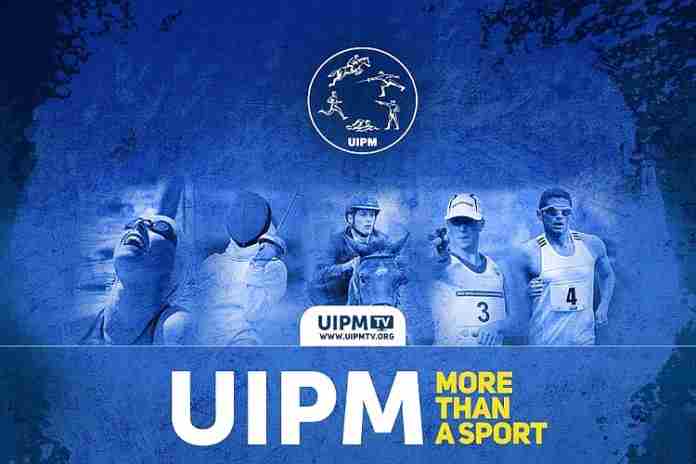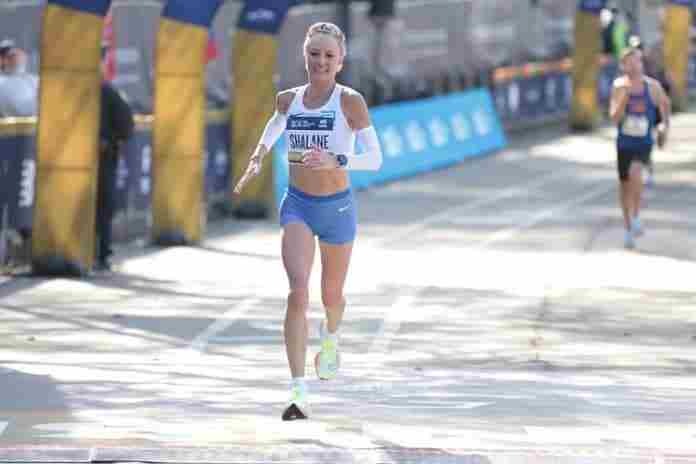“Acknowledge the Organization’s Role in Perpetuating Racial Inequities: The first step in creating antiracist environments devoid of discrimination is to acknowledge that the organizations that make up the Olympic and Paralympic community are expressive of structural racism and other social ills.”
That’s the opening paragraph in the 25-paragraph fourth recommendation of the Team USA Council on Racial and Social Justice, posted Thursday by the U.S. Olympic & Paralympic Committee.
This was the final set of recommendations for the Council, formed in August 2020 to “provide solutions and recommendations with the aim of eradicating social injustice and cultivating change through strengthened athlete voices.” Thursday’s release was from the eight-member “Racism and Acts of Discrimination” Steering Committee whose mandate was to “enhance reporting and dispute resolution processes.”
The recommendations call for a long list of actions by the USOPC and the allied U.S. National Governing Bodies, including, but not limited to:
● “Demonstrate the Value of Black Athletes Beyond the Field of Play,” including “programs and initiatives that demonstrate their organizational commitment to racially minoritized groups and the value these groups bring to the movements, with a particular focus on the elite level.”
● Conduct a “racial equity audit” which will examine – among other items – “the demographic make-up of the governing bodies (e.g., USOPC, NGBs), units (e.g., Athletes’ Advisory Council, Board of Directors) and stakeholder groups (e.g., coaches, NGB membership) that make up the U.S. Olympic and Paralympic movements” and identify “the gatekeepers hindering the organization from achieving racial equity and equity in other areas.”
● “Counteract the Dehumanization and Exploitation of BIPOC and All Minoritized Members of the Olympic and Paralympic Community:
“Over the past year, Black Olympic and Paralympic athletes have shared with the Council powerful and brave stories about navigating structural racism and white supremacy within the USOPC and NGBs. At the heart of these stories was the perception that athletes are often reduced to the athletic value they bring to the organization rather than be seen as humans with various intersecting identities.”
● “Invest in Programs that Promote Belonging: To provide a stronger sense of belonging for minoritized individuals in the Olympic and Paralympic community, the USOPC and NGBs should work collaboratively to create programs that nurture a sense of belonging for these individuals. … The Council recommends the creation of caucuses committed to providing space and elevating the voices of minoritized groups within the movements (e.g., Black Caucus, LGBTQ+ Caucus, Disability Caucus).”
● “Provide Authentic Visibility for Minoritized Athletes Beyond Their Sport: … We recommend that the USOPC and NGBs give increased focus in their strategic communication efforts to the lives of athletes from minoritized groups (e.g., athletes of color) outside of their sport.”
● “Educate Members of the Community on the Impact of Racism: … Such education is needed for all members of the organization, but is particularly important for those who do not experience racism (i.e., white members of our community). Resources should be set aside to teach members of the organization how to combat racist behavior, unconscious bias, and microaggressions.”
● “Extend Definitions of Abuse to Include Racial Discrimination (and Other Forms of Discrimination): Discrimination (e.g., racial discrimination) is a form of abuse and should be treated as such. … The Council recommends extending the work of the U.S. Center for SafeSport to include identity-based discrimination, emotional discrimination, and racial abuse.”
The document asks for legal support for athletes in discrimination filings, better reporting opportunities, to change the make-up of all USOPC and NGB boards and committees to have “representation of minoritized athletes on these councils [to] reflect (and be proportional to) the nation’s diversity.”
(A CNN study of 2020 U.S. Census data pegged the racial and ethnic make-up of the country as 57.3% “White,” 19.5% “Hispanic or Latino,” 11.9% “Black,” 5.9% “Asian,” and others at 5.4%).
Under “Structural Support for Antiracist Efforts,” the recommendations double down on the request from the third set of recommendations for the USOPC to “consider increasing the hiring of leadership and staff from historically underrepresented, marginalized, oppressed, or minoritized groups by 15% and 20%, respectively, by 2025” and “[r]egular antiracism training should be required of staff leading the USOPC and NGBs.”
The release of the first set of recommendations, on protests and demonstrations, included supporting comments from USOPC Chair Susanne Lyons and chief executive Sarah Hirshland, and the second set – on athlete advocacy – included a comment from Hirshland. The announcements of the third and fourth sets of recommendations did not include comments from either.
The USOPC created the 44-member Team USA Council on Racial and Social Justice to collect ideas on how the organization can improve itself and the sports organizations allied with it. Now that the recommendations are in, it will be fascinating to see what actually comes from them as the nation’s priorities and perspective around culture, race, identity politics, institutions, hiring quotas and accountability continue to change.
You can receive our exclusive TSX Report by e-mail by clicking here. You can also refer a friend by clicking here, and can donate here to keep this site going.
For our 743-event International Sports Calendar for 2021 and beyond, by date and by sport, click here!



























